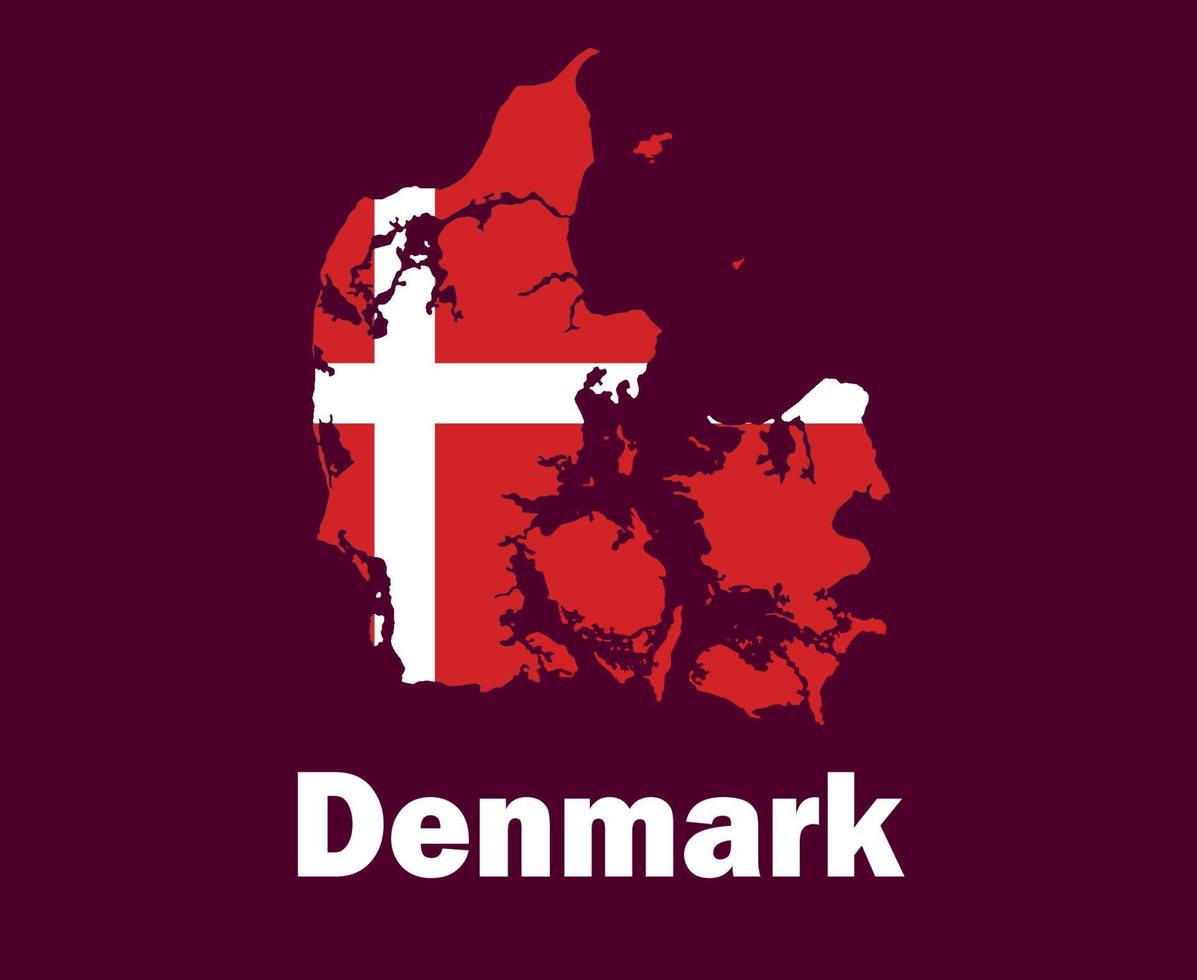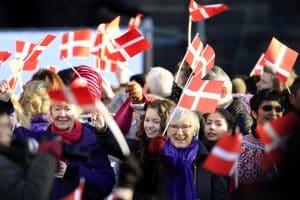Headlines
Denmark Population, Official Language And More.

Today, Denmark is known for its high standard of living, social welfare system, and green energy policies. It is also home to many famous landmarks such as Tivoli Gardens, Kronborg Castle, and Legoland Billund.

Denmark
THE POPULATION
Denmark has a population of approximately 5.8 million people. The country has a low birth rate and an aging population, which has led to concerns about the sustainability of the welfare system.
THE LANDMARKS
Denmark is home to many famous landmarks, including:
Tivoli Gardens: A famous amusement park located in Copenhagen.
Kronborg Castle: A UNESCO World Heritage Site located in Helsingør .
Legoland Billund: A popular theme park located in Billund.
THE OFFICIAL LANGUAGE
The official language of Denmark is Danish. It is also spoken in Greenland and the Faroe Islands. English is widely spoken and understood throughout the country, and many Danes also speak German.
THE CULTURE
Denmark has a rich cultural heritage that includes literature, music, art, and design. Some famous Danish writers include Hans Christian Andersen and Karen Blixen. Denmark is also known for its contributions to modern design, with famous designers such as Arne Jacobsen and Hans Wegner.
THE ECONOMIC STABILITY
Denmark has a mixed economy that combines free-market capitalism with a strong welfare state. The country has a high standard of living and is known for its social welfare system, which provides universal healthcare, free education, and generous unemployment benefits. Denmark is also a leader in green energy policies and has set ambitious targets for reducing carbon emissions.
THE GDP
Denmark has a modern, mixed economy with a high-income level. The country’s nominal gross domestic product (GDP) was $405.6 billion in 2023, and the GDP per capita was $68,827. The economy is dominated by the service sector, which accounts for 80% of all jobs.
THE CURRENCY
The official currency of Denmark is the Danish krone (DKK). One US dollar is equivalent to approximately 6.99 DKK.
THE FOOD
Denmark has a rich culinary heritage that includes traditional dishes such as smørrebrød (open-faced sandwiches), stjerneskud (shooting stars), tarteletter (tartlets), fiskefrikadeller (fish meatballs), rød pølser (red sausages), syltede sild (pickled herring), and østers (oysters). Danish pastries are also popular, although they are not originally Danish but were introduced by Austrian bakers in the 1840s.
MAJOR CITIES
Denmark has several major cities, including:
Copenhagen: The capital city of Denmark and its largest city with a population of approximately 1.3 million people.
Aarhus: The second-largest city in Denmark with a population of approximately 269,022 people.
Odense: The third-largest city in Denmark with a population of approximately 176,683 people.
Aalborg: The fourth-largest city in Denmark with a population of approximately 113,417 people.
Esbjerg: The fifth-largest city in Denmark with a population of approximately 72,261 people.
MAJOR AIRPORTS AND SEAPORTS
Denmark has several major airports and seaports. Some of the major airports include:
Copenhagen Airport: The largest airport in Denmark located on the island of Amager near Copenhagen. It serves more than 30 million passengers annually and offers flights to over 170 destinations worldwide.
Billund Airport: Located in Billund, it is the second-largest airport in Denmark and serves more than 3 million passengers annually.
Aarhus Airport: Located in Tirstrup, it is the third-largest airport in Denmark and serves more than 500,000 passengers annually.
Some of the major seaports include:
Port of Aarhus: The largest container port in Denmark located on the eastern shore of Jutland. It handles more than 60% of Denmark’s container traffic and is capable of accommodating the largest container ships in the world.
Port of Copenhagen: The largest port in Denmark located on the eastern coast of Zealand. It handles more than 50% of Denmark’s total freight volume and is one of the busiest ports in Northern Europe.
Port of Esbjerg: One of the largest ports in Denmark located on the western coast of Jutland. It specializes in handling bulk cargo such as oil, gas, wind turbines, and other heavy equipment
MAJOR SCHOOLS
Denmark has several major universities and colleges. Some of these include:
University of Copenhagen: Established in 1479, it is the oldest university in Denmark and one of the oldest universities in Europe. It is ranked among the top 100 universities worldwide by several ranking organizations.
Aarhus University: Established in 1928, it is one of the largest universities in Denmark with more than 40,000 students enrolled.
Technical University of Denmark: Established in 1829, it is one of the oldest and most prestigious technical universities in Europe.
Roskilde University: Established in 1972, it is a research-oriented university that focuses on social sciences and humanities.





